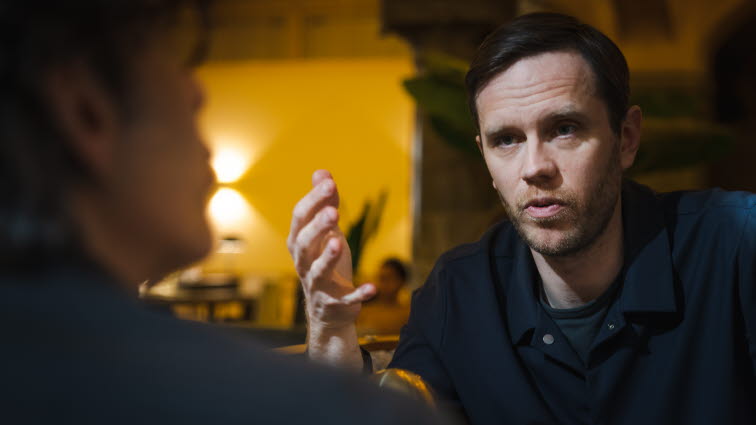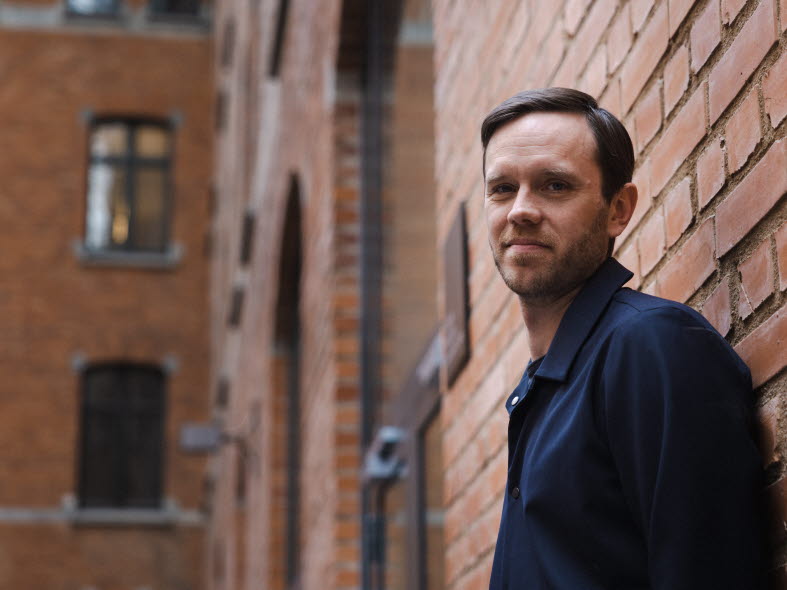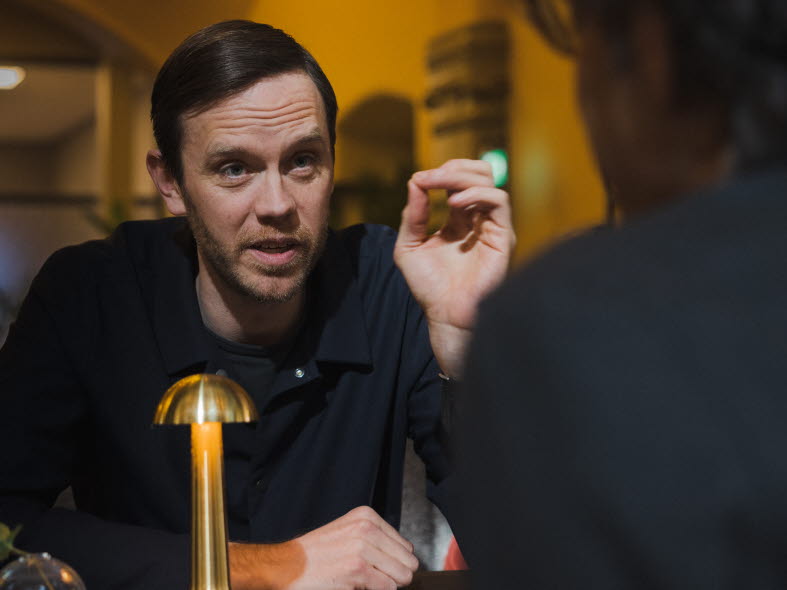What was the next step in building the company?
“Our starting point has always been to create something that will benefit the entire world. Therefore we focused on building a rigid and scalable model that can be widely used.”
Was there any specific occasion when you felt that this idea would take off?
“For me it was when the Climate Policy Council announced that Panorama was in production, the same day as we were on stage presenting the idea at the Brilliant Minds conference with Barack Obama in the audience. That same day we also gave a presentation to South Korea’s presidential delegation. This was very early in our journey, but a confirmation that we had something that met a very great need.”
Where is ClimateView today?
“We have a platform that we offer cities to plan and carry out their climate transition. Instead of everyone re-inventing the wheel and spending countless hours on consultants to define the initial status, we can offer a relatively pre-baked cake. We provide a starting point on the basis of qualitatively available data and then we identify areas that need to be fine-tuned and make recommendations about areas that are less important to put effort into.”
Only this way can cities save 90% of the work of defining the current situation, thinks Einar Bodström. Furthermore they get a dynamic model, an operational execution plan that can continually be adjusted based on new assumptions and actions, compared to the normal static PDF plan which is often out of date before it is printed.
“But a plan is only a plan if it is not carried out. To do that it must be financed and filled with actions. The plan shows what is needed to reach the goal, that is just mathematics. The rest is about human behaviour, psychology, political decisions, electoral cycles and technical innovation that we do not yet know about.”
The first clients, that is the cities that first started using ClimateView’s IT system were Uppsala and Umeå in Sweden as well as Newcastle and Cambridge in the UK. Today the system is used by some 300 cities in Sweden, the UK, Germany, and the US. The target for 2027 is have 700 cities as users.
ClimateView has gone from nine employees before the pandemic to about 33 today, so teleworking is part of the company’s DNA. Most are in Stockholm, but the company also has employees in Germany.
SEB Greentech, the bank’s unit for investing risk capital in green technology has invested in ClimateView.
What does that mean?
“Since we work actively with how we can simplify financing the transition, closeness to SEB’s know-how and experience is very valuable. SEB is well-regarded within green financing and can access valuable knowledge capital.”



